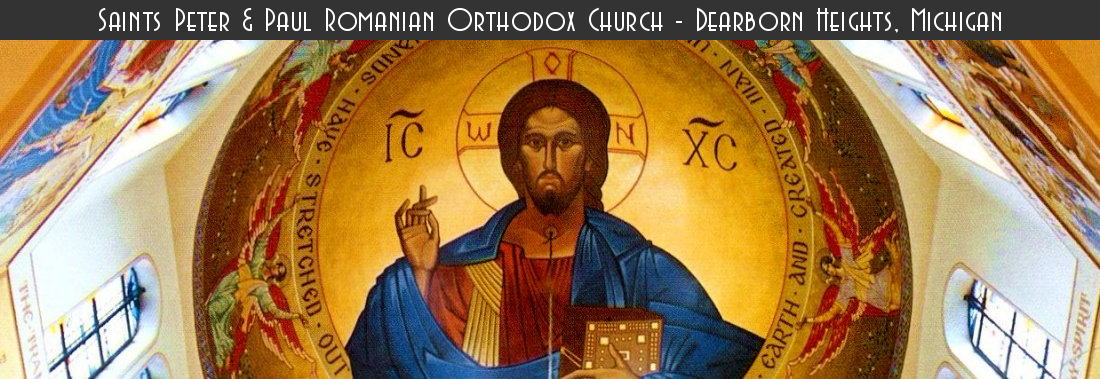Feastdays
JANUARY 28
SEPTEMBER 28 (Synaxis of the Venerable Fathers of the Kiev Near Caves)
2nd SUNDAY OF GREAT LENT (Synaxis of all the Monastic Fathers of the Kiev Caves)
Saint Ephraim of the Caves, Bishop of Pereyaslavl, before his tonsure into monasticism, was treasurer and steward of household affairs at the court of the Kiev Great Prince Izyaslav (Demetrius) Yaroslavich (1054-1068). Weighed down by this noisy and bustling life and wishing to become a monk, he was accepted by St. Anthony of the Kiev Caves and was tonsured by St. Nikon (March 23).
The enraged prince demanded that Ephraim return, threatening to lock him up in prison and to destroy the Monastery of the Caves. St. Anthony and the brethren left the monastery and decided to go to another place. Izyaslav, however, feared the wrath of God. He took his wife’s advice and withdrew his forces from the monastery in disgrace.
St. Ephraim felt that because of him, the holy monastery had to endure much from the devil, and so he gave himself up to the ascetic life with especial fervor and zeal, so that by fasting, prayer and vigil, he might attain a decisive victory over Satan. He submitted himself wholly to his instructor and guide, St. Anthony, and desired to imitate him in everything. Thus, St. Ephraim desired to visit the holy places of Palestine so that by personal contemplation of the places in which the holy fathers of the Church had attained salvation, he would be more inflamed with love and zeal in imitating their holy life. The saint appealed to St. Anthony for a blessing to visit Greece and the Near East. Having received the blessing, he visited Constantinople and Palestine, and went to the sacred places of the desert ascetics, acquainting himself with their life. While in Constantinople, St. Ephraim made a copy of the Studite monastic Rule, and took it to Kiev at the request of St. Theodosius. As soon as he received the Rule, St. Theodosius implemented it in his monastery.
St. Ephraim did not remain in the monastery very long after returning from the holy places. After the year 1072, Bishop Peter of Pereyaslavl reposed and, through God’s will, at the desire of Great Prince Vsevolod Yaroslavovich, Metropolitan John of Kiev consecrated St. Ephraim to the vacant See, for St. Ephraim’s God-pleasing life of virtue and struggle had become widely known.
As bishop, St. Ephraim began, with great zeal, to construct churches in his diocese with God’s help. By the labor and concerns of St. Ephraim, a beautiful and very large church, named for Archangel Michael, was built to be the cathedral of the Pereyaslavl diocese. Moreover, he built the stone churches of St. Theodore and of the Holy Apostle Andrew the First-Called, and many others. All these beautiful buildings, however, were destroyed during the Tartar invasion.
He also adorned Pereyaslavl with many public buildings, including free hospices for the poor and travelers and several public bath-houses, and built stone walls around the city in the Greek manner.
In the year 1091, St. Ephraim participated in the opening and solemn transfer of the relics of St. Theodosius.
A Life of St. Ephraim existed in former times, but it has not survived. We find an account of him both in the Life of St. Theodosius, and in the Russian Chronicles. A tale and encomium for St. Nicholas the Wonderworker is ascribed to St. Ephraim.
St. Ephraim died in the year 1098 and was buried in the Antoniev (Far) Caves of the Kiev Caves monastery, where his relics lie incorrupt.
The relic was given as a gift to the parish by His Grace, Bishop Irineu on Sunday, January 15, 2006.


